Large residential developments, mostly concrete pre-fabs, make it possible for Poles to move into their own flats. Inside, flats are changing with the times. In 1972, luxury products from Poland and abroad (including everything from instant coffee to Levi’s jeans) are available at Pewex stores – a chain of hard currency shops which sells otherwise unobtainable Western goods in exchange for dollars. TV sets begin to make their way into people’s homes and Polish television now has two channels. Poles are enjoying their life on credit – it is a time of consumer optimism.
Chapter 6 – Luxury on credit
LUXURY ON
CREDIT
1970s
The 1970s in Poland is a period of increasing investment and consumption thanks to the use of foreign capital – loans are supposed to revive the Polish economy. Investments include the electronics, light and automotive industries. The centralised industry was managed by unions, each of which had design research and development centres: OMEL (medical and optical industries), PONAR (industrial machines and equipment), PREDOM (household appliances as well as sports and tourism equipment), UNITRA (electronics), and ZREMB (construction machinery and equipment). Licences for products and the technology to create them were purchased from the West to ensure the production of modern consumer goods.
THE LOOKING GLASS
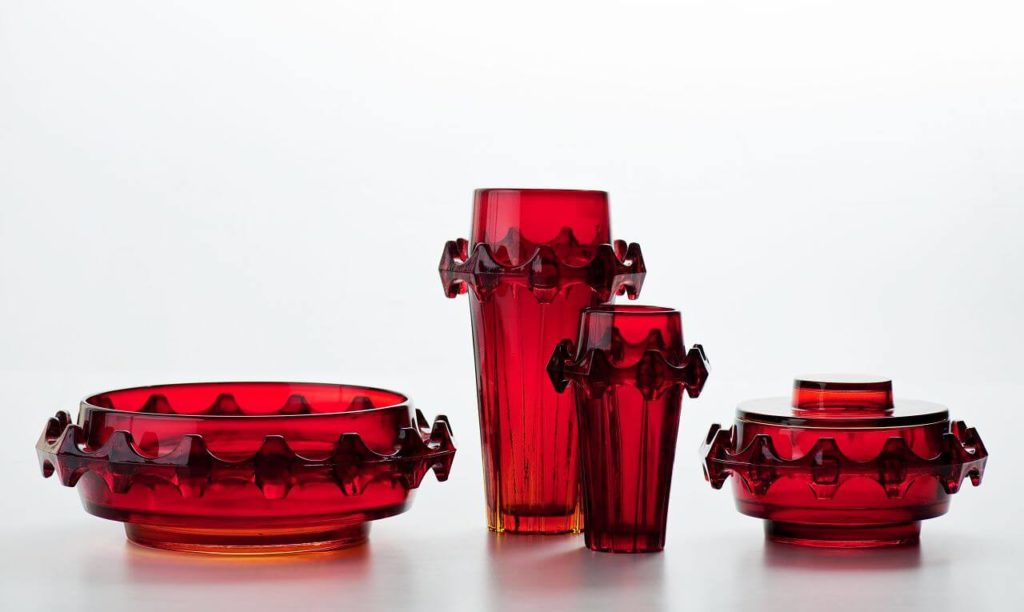
The 1970s are the golden age of Polish glass. It took time, knowledge and the right people to give design in the glass industry a chance to fully shine. We owe this success to the graduates of the studio created by Stanisław Dawski at the Glass Department of the School of Fine Arts in Wrocław. In their hands, glass took on entirely new shapes. One of Prof. Dawski’s students, Jan Sylwester Drost, started working at the Design Centre at the Ząbkowice Glassworks in Ząbkowice Będzińskie in 1960.
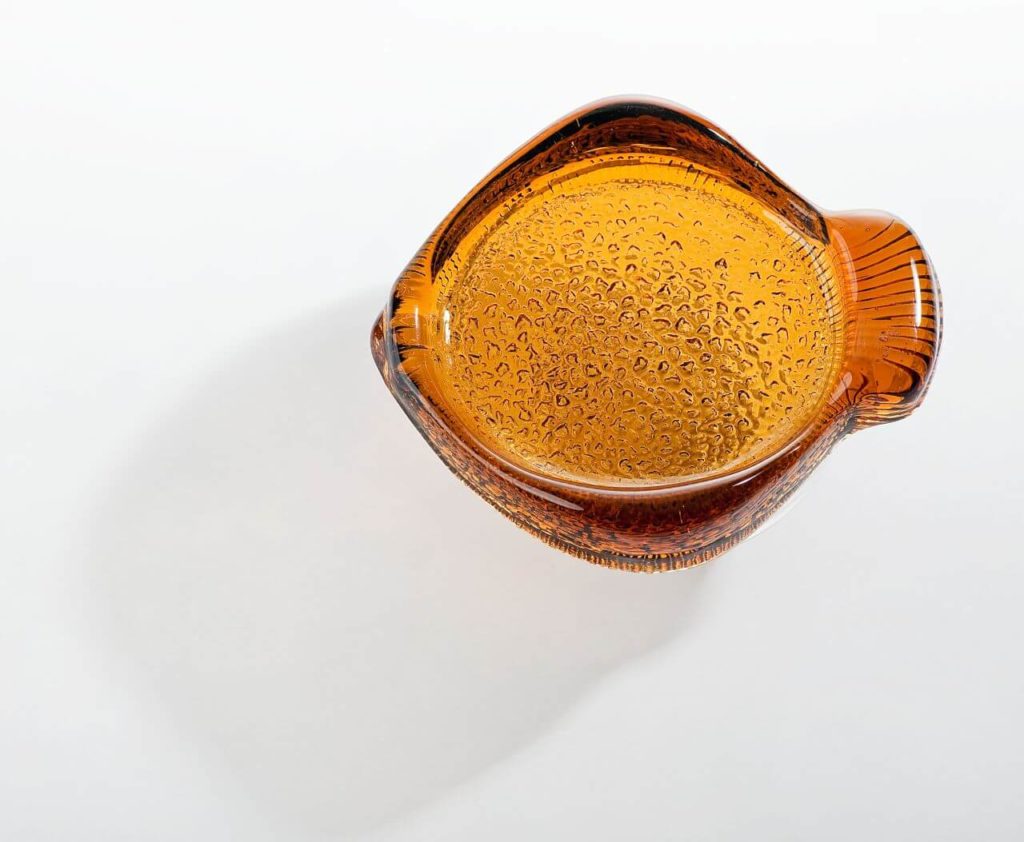
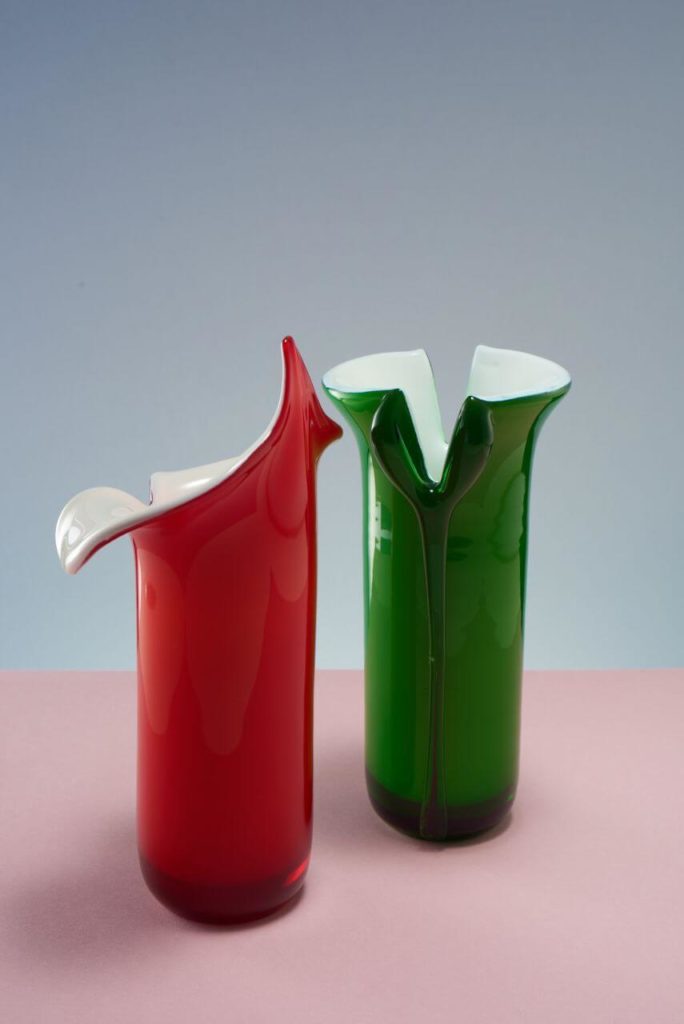
He created both repeated series and unique one-of-a-kind pieces, however he went down in history as the one who helped us discover the beauty of pressed glass. Drost learned to work with pressed glass during his time in Sweden at the beginning of the 1970s. He and his wife, Eryka Trzewik-Drost, created different patterns or textures on each side of the glass. They often used bold shapes and vibrant colours. Their Asteroid, Okulus, Diatret and Igloo went into mass production and remained in production for years later. Today, their pieces can still be found in many Polish households.
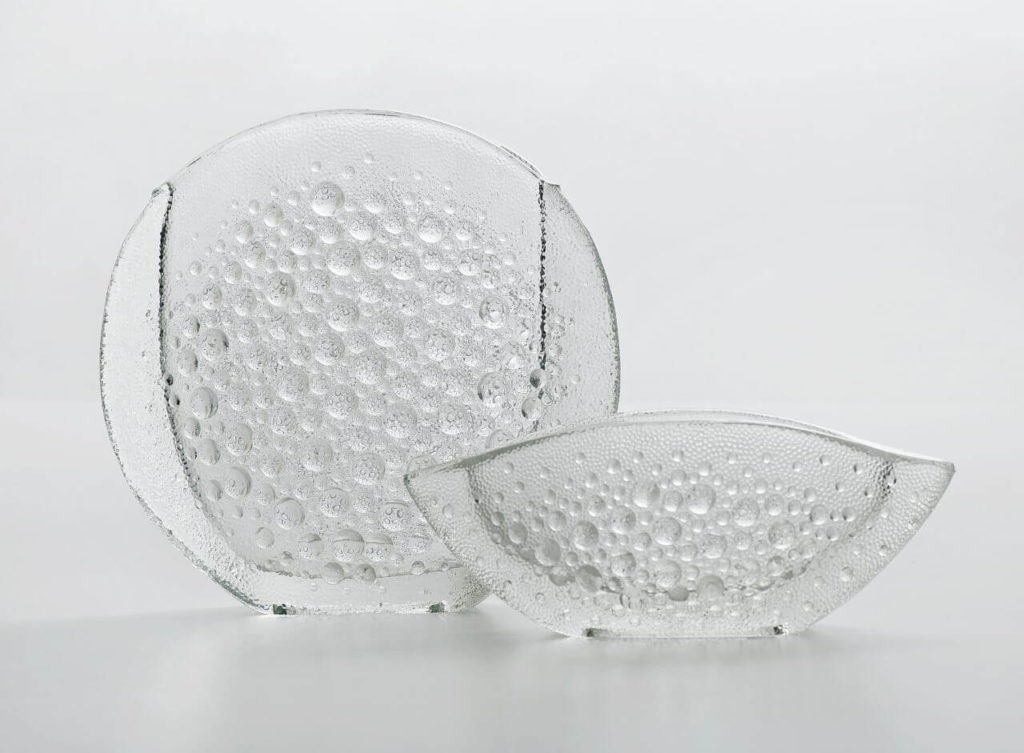

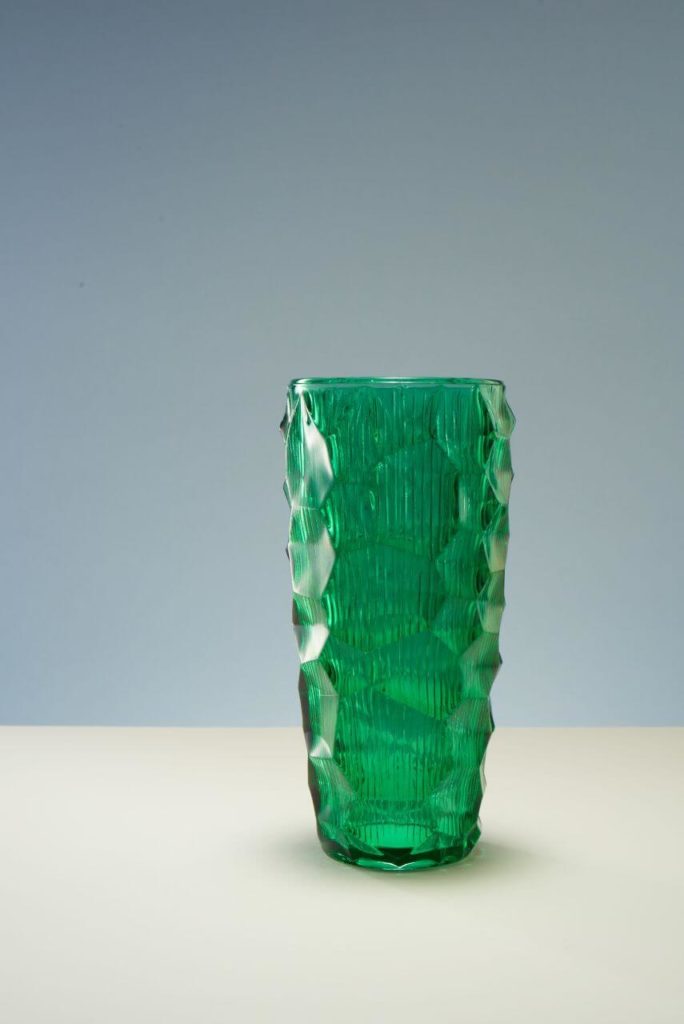
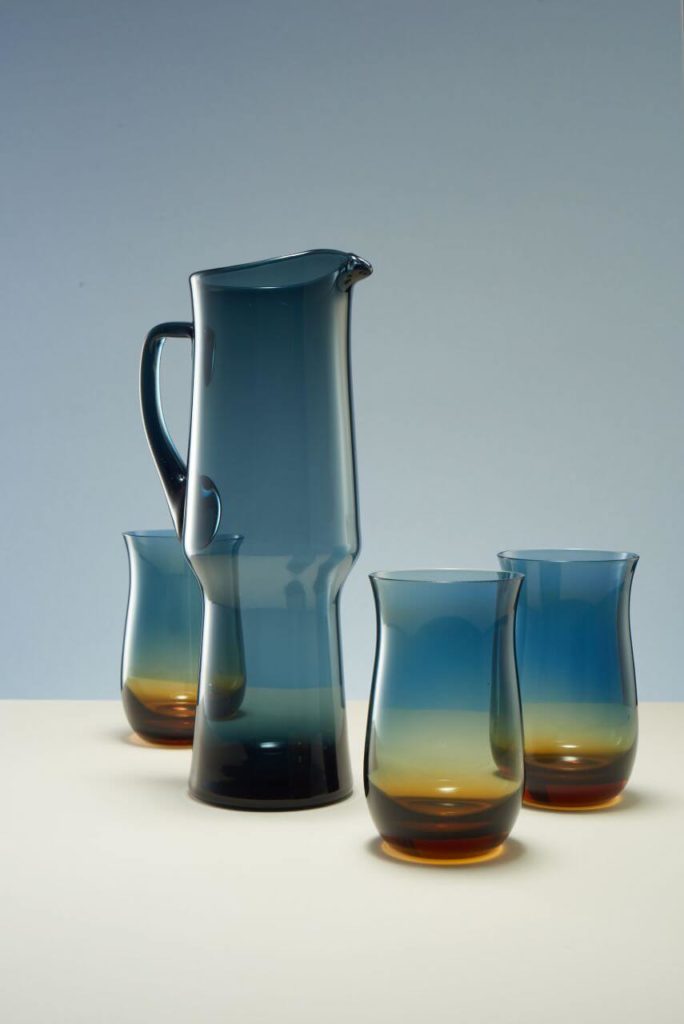
PARTNERSHIP IN GLASS
Zbigniew Horbowy told people he created ‘artistic functional objects’. He took his first job as a designer at the Sudety Glassworks in Szczytna. Working with selenium-cadmium glass is like alchemy – it requires knowledge and understanding of the rules and co-operation necessary to work with technologists and glassworkers.
Horbowy broke with traditional designs and created his own design language – based on simple construction and simple forms. He experimented with the different technologies available at the glassworks and created masterpieces out of layered, coloured and blown glass. His trademarks were vivid colours and compact shapes.
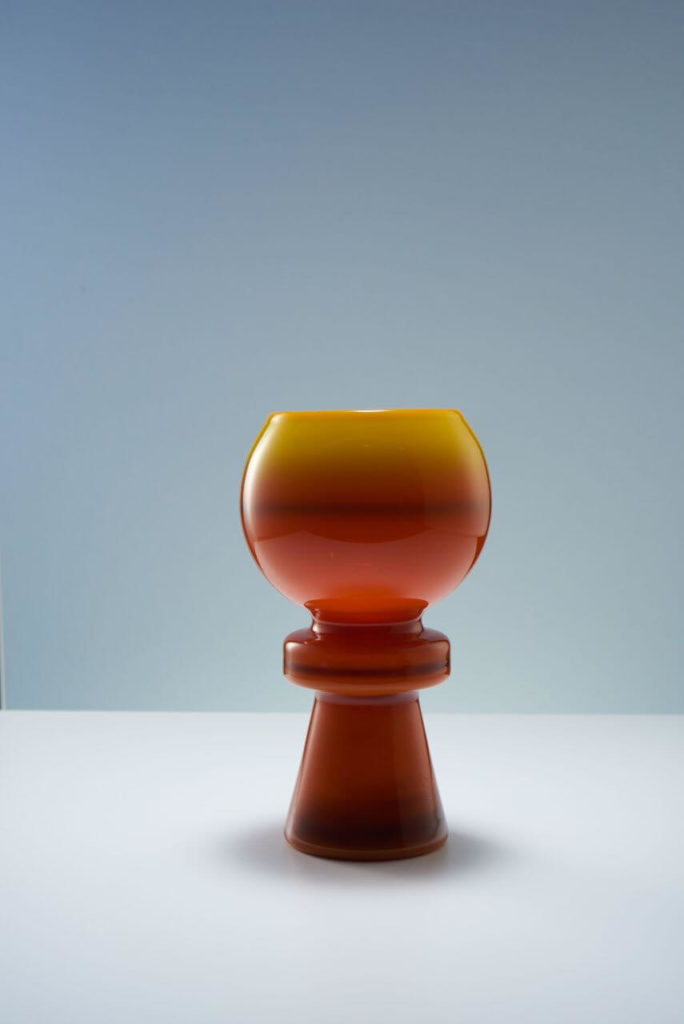
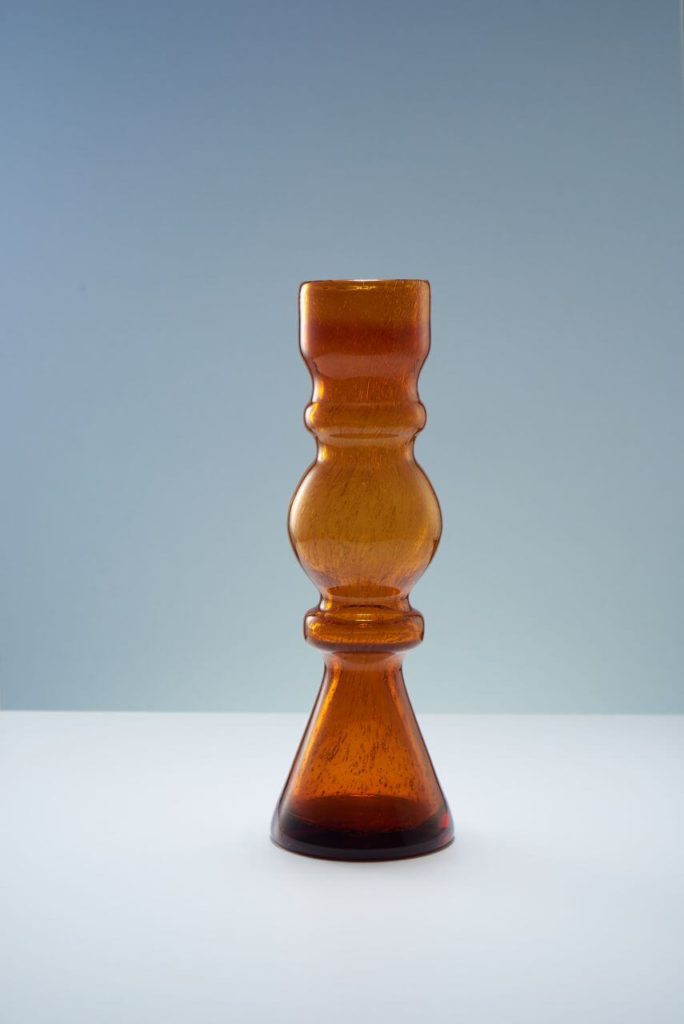
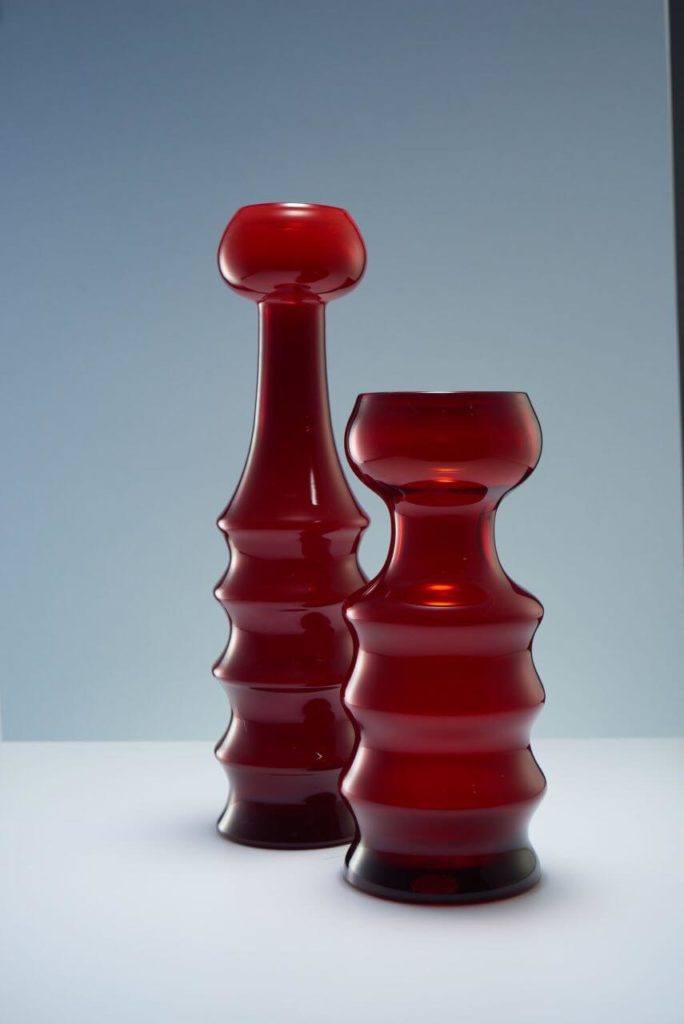

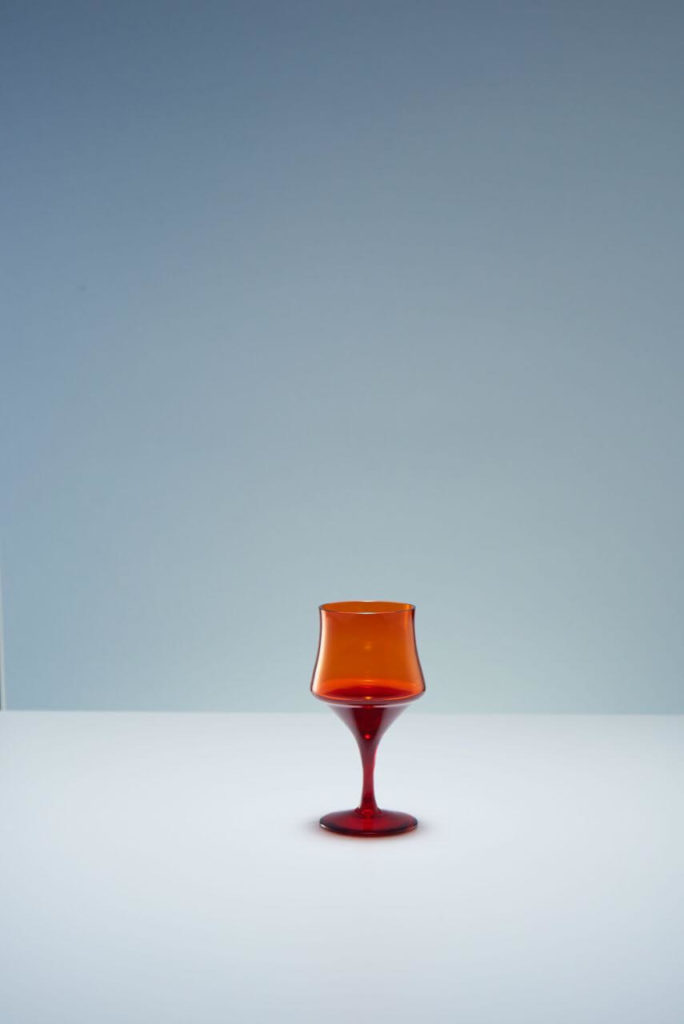
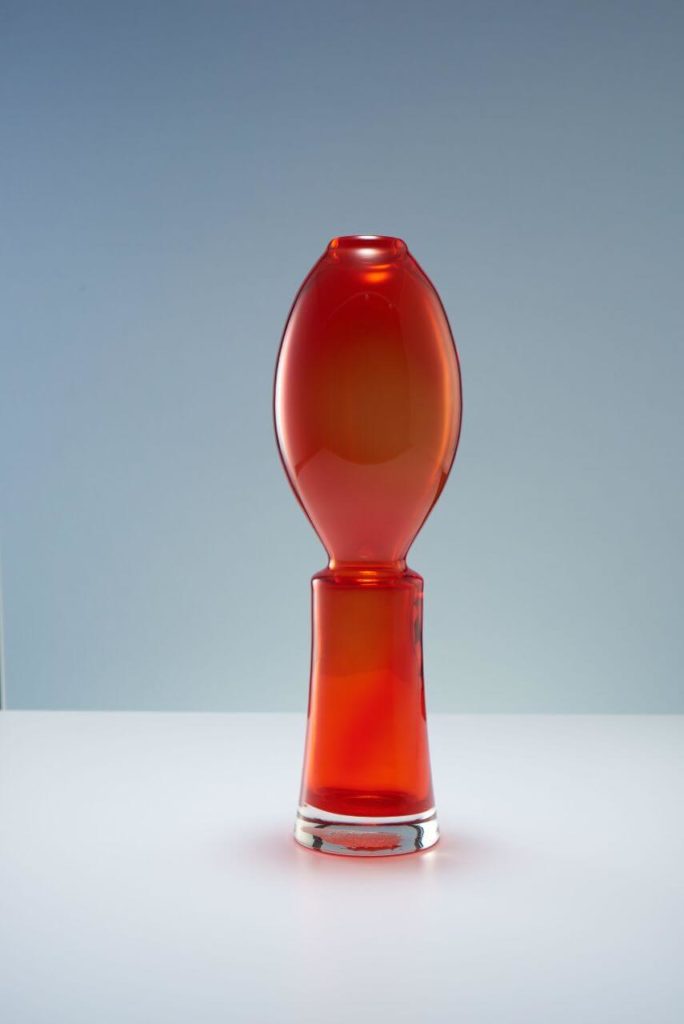
Two-layered glass with suspended air bubbles was already being used, but Horbowy made it his own. Prizes and orders were coming in from around the globe. People stood in line to get their hands on his precious Alicja bottles. New designers started coming to the glassworks and quickly became known as members of the ‘Horbowy School’. Horbowy himself returned to his alma mater in Wrocław, to teach new generations about the magic of glass.
SOUND AND VISION
Z-312 MANTEL CLOCK
A long time ago, it was the fireplace (not the television), that was the focal point of the living room. People would spend hours in front of the raging fire. Above it, a heavy, elegant, wooden clock would strike every hour, on the hour. The Z-312 Mantel Clock truly stood out – it was nothing like what people used to have above their fireplaces. Produced by the PREDOM METRON Office Equipment Factory in Toruń, the Z-312 screamed modernity.
It was nicknamed ‘The Sphere’ or ‘The Ball’ because of its basic circular shape. Its casing was made of dyed plastic and came in six colours: red, blue, orange, green, beige and brown. The Z-312 had a black face and white hands, which made it easy to tell the time at a glance. The Z-312 Mantel Clock was lightweight and easy to set and was, without a doubt, a classic piece of 1970s Polish design.


VELA 203 TELEVISION
Today, buying a television set sounds pointless. But in the 1970s, the Vela 203 TV was the stuff of dreams. The small (12” screen, 7.5 kg), portable black-and-white TV, which could even be plugged into an automotive battery, had two antennae and a retractable handle. It came in four bright colours: white, yellow, cobalt and red coral. Designed by Włodzimierz Pańków, and produced by the Warsaw Television Factory, it was both beautifully designed and affordable, quickly becoming a hit in Poland and in the West. An added bonus was the special travel bag – it was made from sailing canvas and fastened with snaps. Why sailing canvas? Vela is Latin for ‘sail’. It all came together beautifully.
RADMOR 5100 RADIO
The RADMOR 5100 radio, produced between 1977 and 1979 in Gdynia, is the perfect example of a luxury product created in a time of financial crisis. It was designed by Grzegorz Strzelewicz in co-operation with the Telecommunications Institute and the PTH UNITECH Industrial Design Centre in Warsaw. The device, consisting of a radio receiver with an amplifier, was built based on foreign components. The radio was very high-quality – each radio had its own individual measurements and tuning card. At the time, it was the most advanced audio equipment available in Poland – it complied with the international standards of HI-FI and the German DIN standard.
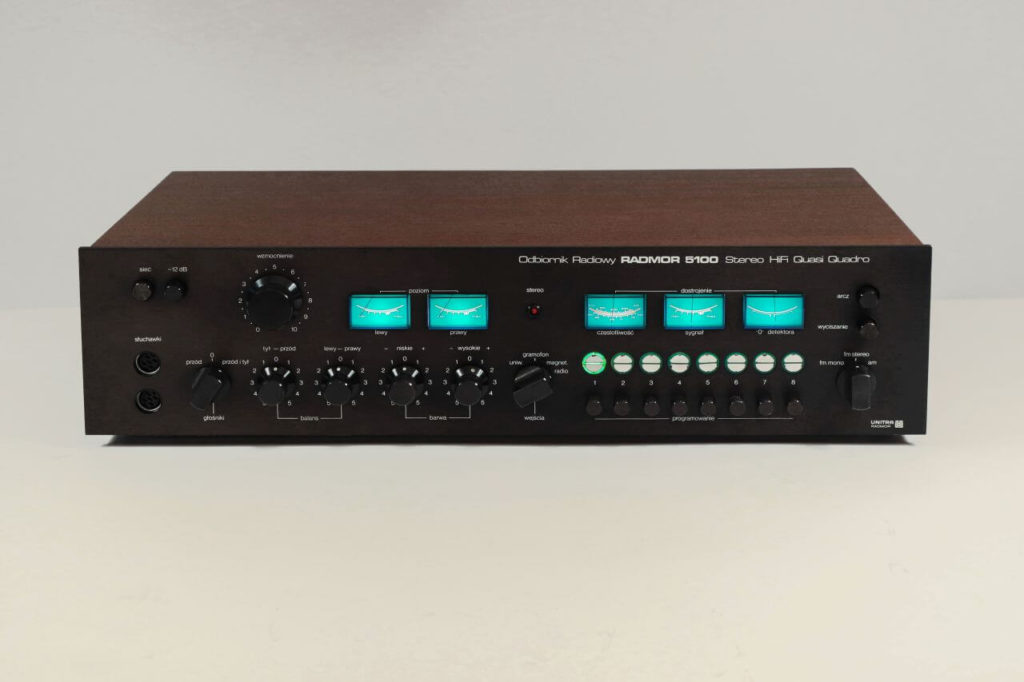

GRZEGORZ STRZELEWICZ DESIGN
From the 1960s, design became subject to change under the influence of assumptions proposed by the Hochschule für Gestaltung in Ulm, Germany. The “scientific operationalism” of Ulm swiftly made its way into the curricula of Polish art universities, impacting the development of education and theory in design. Consequently, the subsequent decade brought a primacy of style blending in perfectly with the “technical” nature of objects, in machinery and appliance design in particular.